Roseanna was published in 1965. It is a wonderful example of what appears to be a true police investigation of that era. I was not a police officer in Sweden in 1965 so I can’t say that for sure, but it seems real enough. There is a lot of waiting. There is a lot of down time when nothing happens. And the protagonist police officer, Martin Beck, gets a cold, doesn’t get enough rest, and doesn’t treat his wife well. But the authors carry it off and managed to retain my interest even through the quiet times. Slow moving stories like quiet singing can be difficult to execute well.
A naked and abused female body is found in the Göta Canal, during dredging with no way to identify her. With dogged investigation work and little bit of luck her identity is finally established as Roseanna McGraw, a tourist from the American midwest.
Besides the complexity of the lack of identity and the fact that the victim was on a boat with other tourists from all over the world, all of whom have to be tracked down and questioned, the world in the early ‘60’s was very different in terms of communication from what it is today. No cell phones. No internet. The fastest communication was a telegram and a telephone. Evidence was mailed and carried by plane across the Atlantic and then had to be translated into Swedish so Martin Beck - the lead police officer - could read it.
The story unwinds slowly and carefully. A couple of scenes near the end of the book as Martin Beck seeks to trap the killer are somewhat contrived, but that may be the distance of years.
Maj Sjöwall and Per Wahlöö were the authors of the 1968 novel Laughing Policeman which was made into a movie in 1973 starring Walter Matthieu and Bruce Dern.







